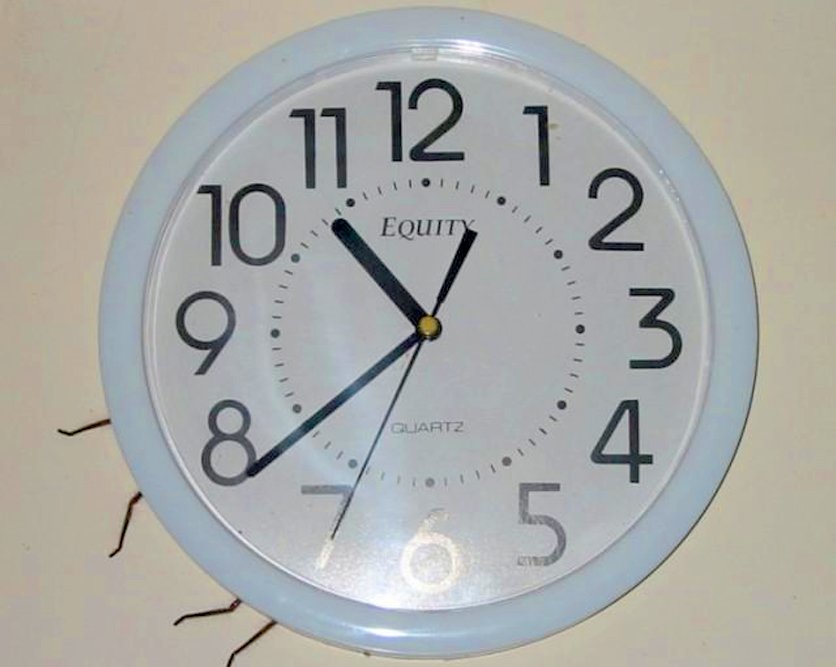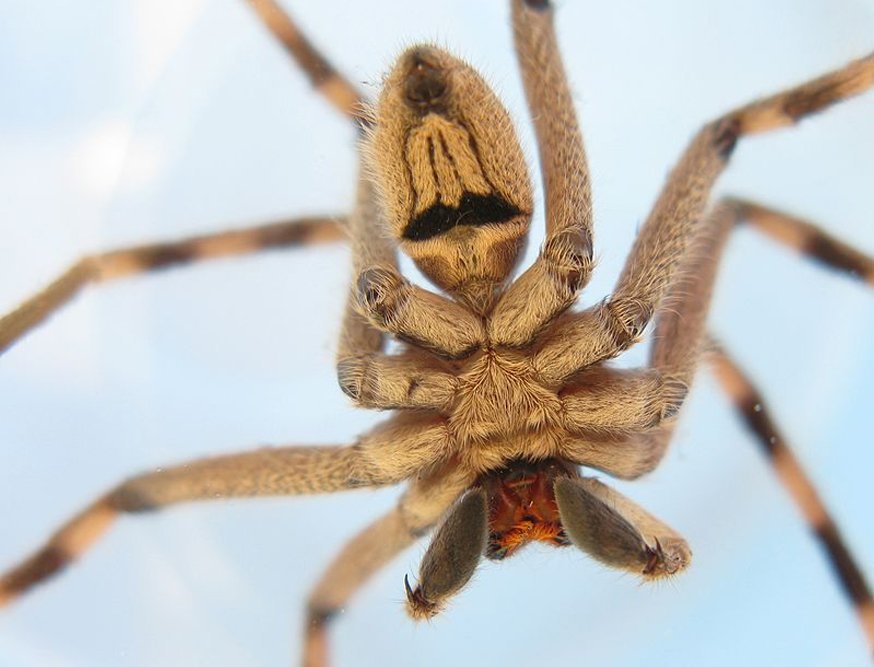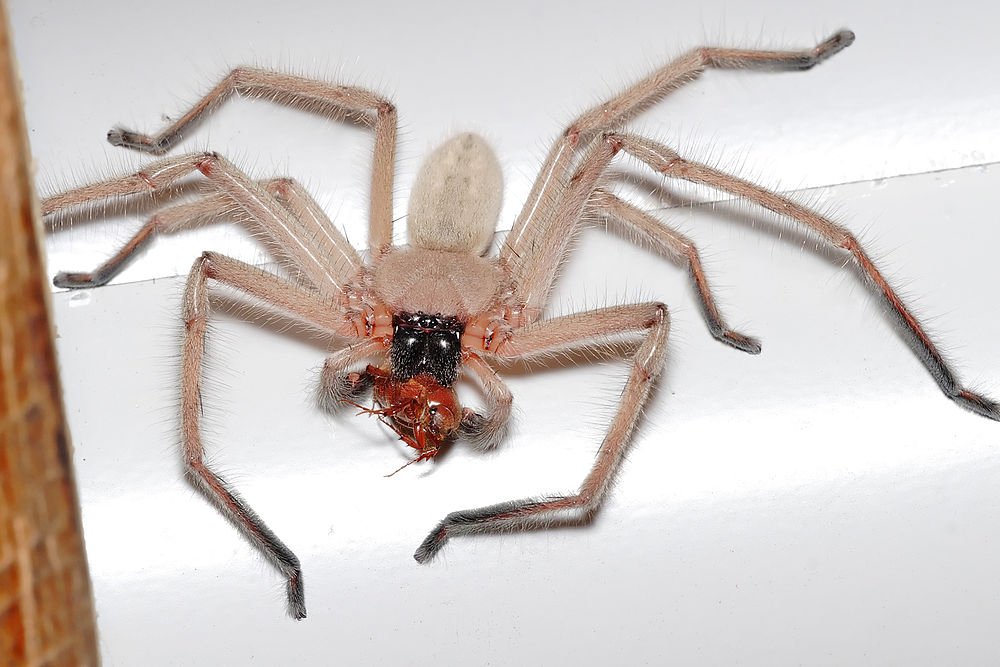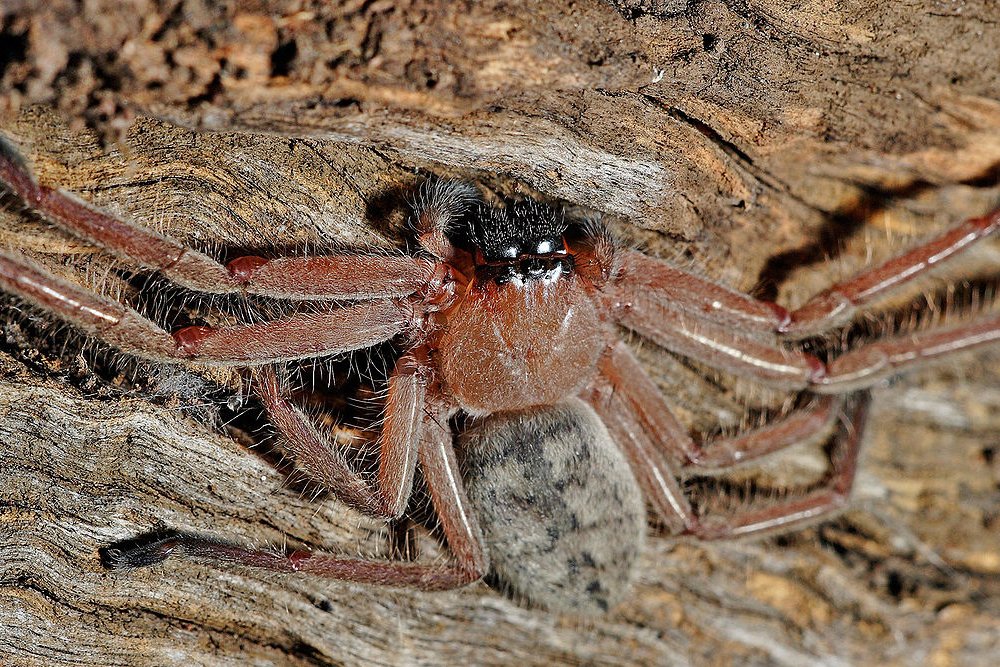Table of Contents (click to expand)
The huntsman spider is from the family Sparassidae. The Sparassidae family of spiders all have eight forward facing eyes which face forward in two rows of four. This particular spider species can grow to incredibly large sizes.
One of the most common fears people have is that of spiders. Regardless of your particular opinion, creepy crawlies manage to send a tiny shiver down the spine of even the bravest souls. What if there were a spider that genuinely lived up to the hype of arachnophobia, the fear of spiders?
The huntsman spider is indeed a marvel of nature. But before we get into the different aspects of the spider itself, let us take a quick look at a bizarre urban legend that surrounds it.

What Is The Legend Of The Huntsman Spider?
Urban legends may send a shiver down our spines, but this particular urban legend was actually born of meme culture (yes, you read that right).
A huge huntsman spider was found by someone in their relative’s house. They found the spider under a rather large wall clock. The spider seemed to be as large or larger as the clock, with its hairy legs peeking out from under. Thus, the spider got its infamous nickname “clock spider”. The person ended up photographing the spider, as shown above.

Now the legend – or perhaps more of a joke – is that the spider had a ninth leg. It lost its extra leg during a battle with a limecat (I, too, was expecting something more intriguing). The “legend” goes on to describe how this spider became a god and some other nonsense about how to worship it (purely a joke, I hope).
Well, enough silly mumbo-jumbo, let’s jump into the scientific aspects of this fascinating spider.
Also Read: What Is The Huntsman Spider? How Big Is It And Does It Bite?
Facts About The Huntsman Spider
Physical Appearance
The huntsman spider is from the family Sparassidae. The Sparassidae family of spiders all have eight forward facing eyes in two rows of four. This particular spider species can grow to incredibly large sizes.
In Laos, the male huntsman spider can achieve a leg span of 25 to 30 cm. These spiders are often mistaken for tarantulas, but the distinguishing factor is that their legs are angular and extend forward like a crab.

The upper surface of the huntsman spider shows inconspicuous gray and brown tones, while the underside of the spider is aposematically colored black and white. The word aposematically means that the color display is a warning signal for potential predators.
Habitat
These spiders tend to reside under rocks, tree bark, and similar natural structures. In areas of human settlement, the clock spider can be found in common sheds, garages and, less frequently, in distributed spaces. Their vision is very good, allowing them to see approaching humans and other large animals from a distance, giving them plenty of time to run away and hide. This may be why we do not often spot these spiders!
Interestingly, before the huntsman’s ascent to fame as the wall clock spider, it made its appearance in another sensational pop culture form—Spiderman! Yes, the spider that bites Peter Parker and turns him into a superhero is none other than the social huntsman spider.
Huntsman Spider Can Produce Venom.
Like most spiders, the Sparassidae family of spiders use venom to immobilize their prey. Their venom is not only used for hunting but also comes in handy as a defensive bite tactic.

Huntsman spiders are some of the few spiders that can bite humans and be harmful to humans. Most spiders’ fangs cannot puncture human skin, and even if they manage to do so, their venom isn’t potent enough for anything larger than a small beetle or worm.
However, not all huntsman spiders that bite have venom that is dangerous to humans, although many bites are painful and cause inflammation due to the size of the fangs. There is one huntsman spider with neurologically potent venom out there—Neosparassus in Australia.
Neosparassus or Badge Huntsman spiders start their lives green in color and turn brown in subsequent molts. These spiders are the main culprits of dangerous spider bites, and their bites can cause nausea, headaches and vomiting, although such symptoms are rare.
Mating Rituals
The male Heteropoda venatoria is a huntsman spider species that is found all over the world. Recently, it has been found that it deliberately creates a substrate-borne sound when it detects a chemical (pheromone) left behind by a female of the same species. Males then try to find the trail of pheromones left behind by the females. Once found, they lower themselves to the ground and anchor themselves firmly, after which they use their legs to transmit vibrations from their bodies to the surface with which they are in contact.

Most of the sound emitted is produced by strong vibrations from the abdomen. Each male has its own unique vibration frequency, which helps females distinguish between different males competing for their attention. The usual pattern of these vibrations consists of short bursts of intense vibrations.
If the female is interested in mating, she follows the vibration to the source where the male is waiting to copulate with her. To humans, these sounds are often heard as rhythmic ticking, like a quartz clock that fades in and out. However, such mating “calls” can only be heard in a relatively quiet environment.
So next time you hear the legend of the clock spider, perhaps you can shed some light on the truth instead of perpetuating the myth!
Also Read: How Many Eyes Do Spiders Have And How Do They Work?
Test your knowledge of the clock spider
Can you answer three questions based on the article you just read?

References (click to expand)
- Huntsman Spiders - The Australian Museum. The Australian Museum
- Isbister, G. K., & Hirst, D. (2003, August). A prospective study of definite bites by spiders of the family Sparassidae (huntsmen spiders) with identification to species level. Toxicon. Elsevier BV.
- Whyte, R.,& Anderson, G. (2017). A Field Guide to Spiders of Australia. CSIRO PUBLISHING
- Huntsman Spider Biology - titag. titag.org
